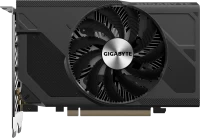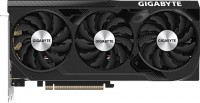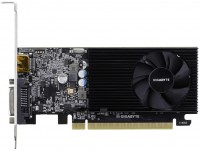Graphics Cards Gigabyte series G1 (gaming)
Gigabyte G1
The new decade began with an unprecedented crisis for the IT-technologies market: the industry faced a huge shortage of semiconductors, because of which the prices of electronics began to rise by leaps and bounds, and some goods moved into the shortage category. The video card market was especially affected, which has been inflated by miners for several years. As a result, a paradoxical situation emerged, when the real cost of a new video card could be twice or even three times higher than the declared one, and for the purchase one would have to stand in a virtual queue. Looking at this situation, many video card manufacturers have decided to reactivate old stocks of chips and resurrect some outdated lines. In particular, Gigabyte brought back to life the long-forgotten G1 line.
 |
The core of the G1 series is made up of inexpensive Nvidia and Radeon video cards of the past and the year before last, in the manner of the Radeon RX 570/RX 580 or GeForce 1650/1660. Occasionally, flagship models of the previous generations in the manner of the GeForce 1080 can also be caught on sale. suitable for playing in Full HD resolution on medium or medium-high graphics settings. Especially if there is 8 GB of video memory on board, and not 4 GB. The only negative is that they do not support some modern technologies like ray tracing and DLSS.
Many representatives of these lines have a common approach to design - everything important is a priority, everything unnecessary is down. Instead of useless backlighting or a separate display, many Pulse accelerators are equipped with an advanced heat pipe cooling system, equipped with a massive backplate and additional power connectors. Depending on the specific model, the cooling system may consist of two or three air coolers; single-section models in this series are extremely rare. They also have in common the use of similar minimalist protective covers in black and orange.










